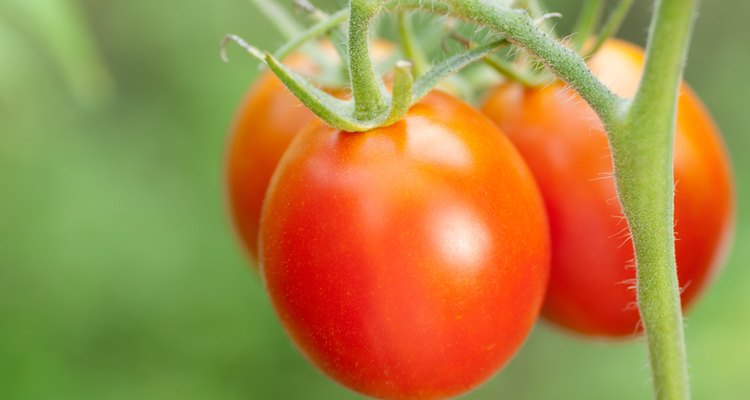
Zoonar/O.Kovach/Zoonar/Getty Images
Salicylic acid is a substance within foods that is also the basic form of aspirin, or acetylsalicylic acid. Salicylic acid appears to have a role in lowering inflammation and possibly reducing the risk of some cancers. A 2001 study in the "Journal Epidemiology" found a lower risk of colorectal cancer in those using anti-inflammatory drugs including aspirin. Researchers state that eating a healthy diet rich in salicylic acid may also have cardiovascular benefits. Fruits are a tasty source of salicylic acid, but while they normally form a part of our diets, they shouldn't be used as a replacement for medications that you may be taking. Speak with your doctor first if you want to investigate alternatives. Also be aware that if you are allergic to aspirin, you might react to the salicylic content in fruit if you eat enough of it.
Raspberries
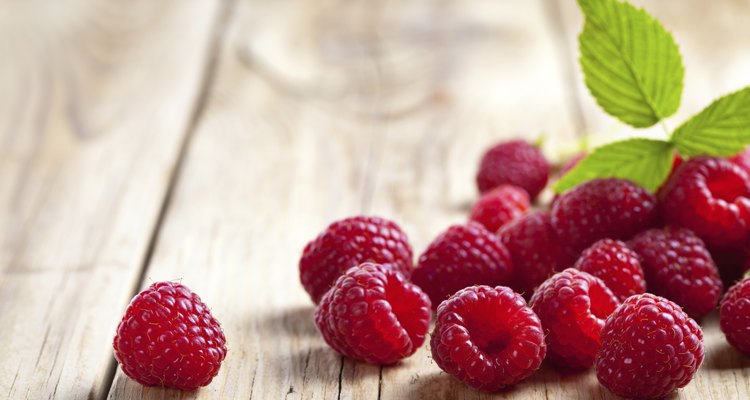
threeart/iStock/Getty Images
Raspberries and blackberries, collectively called caneberries or brambles, are quite high in salicylic acid. Blackberries have over 1 milligram of salicylic acid per 100 grams of fruit, but Oregon State University states that raspberries pack a 5-milligram punch. Blackberries, raspberries, black raspberries and related hybrids are available in markets in spring and summer. They decay quickly, so eat them soon after purchasing.
Tomatoes
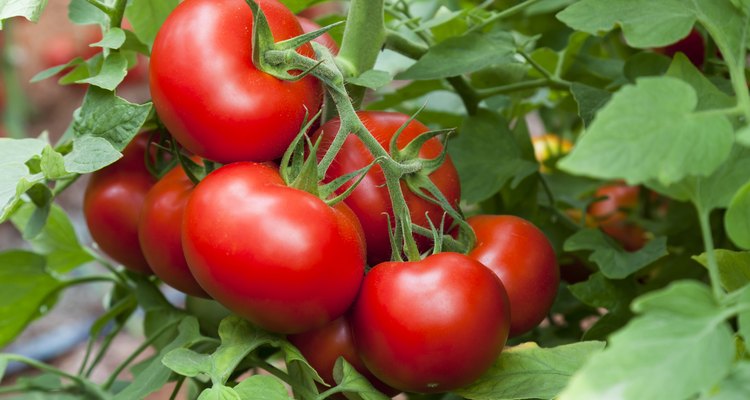
İnan Avcı/iStock/Getty Images
We may treat tomatoes like vegetables in cooking, but they are fruits--the fleshy tomato is the plant ovary, protecting all those inner seeds. Wageningen University lists tomatoes as having over 1 milligram of salicylic acid per 100 grams of tomato. A 2008 Italian study, published in the "European Journal of Nutrition," found that organically grown tomatoes had higher amounts of salicylic acid than non-organic tomatoes. An older study from 1981, published in the "Journal of the Science of Food and Agriculture," noted that canned tomato products were also higher in salicylic acid. The mechanism was unclear; a comparison of corn products in the same study found that heat might play a role in increasing salicylic acid content. However, more research is needed before it can be assumed that cooking tomatoes will provide more salicylic acid.
Grapes
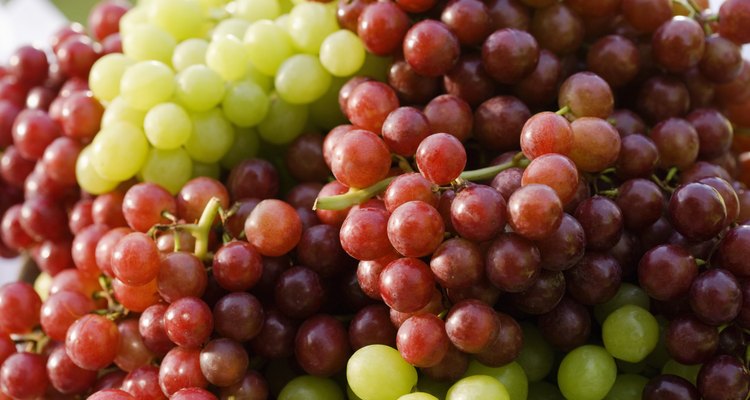
Jupiterimages/Goodshoot/Getty Images
Grapes, both fresh and dried as raisins, provide salicylic acid. The dried, concentrated raisins have a higher content than the fresh, watery grape. Wageningen University lists red grapes as having between 1/2 to 1 milligram of salicylic acid per 100 grams of fruit, and raisins, 1 milligram in 100 grams. However, the exact amount of salicylic acid will vary between fruit. A 1983 study on grapes in the "American Journal of Enology and Viticulture" noted that the grapes they studied had about 0.04 milligrams of salicylic acid per 1 kilogram -- that’s 1000 gram -- in the juice, and 0.07 milligrams in the pulp. That’s only 0.011 milligram of salicylic acid per 100 grams of fruit. Interestingly, that same study found that heat did not increase salicylic acid content, although fermenting and crushing the pulp did increase the amounts slightly.
Related Articles

Does Boiling Fruits Destroy Vitamins?

What Natural Foods Contain Biotin and ...

Fuji Apples Health Benefits

The History of Butternut Squash
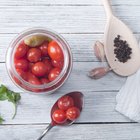
Fresh Tomatoes vs. Canned
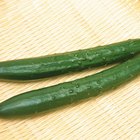
What Foods Provide Calcium D-Glucarate?

What Is PABA in Sunscreen?

Different Types of Fruits & Vegetables

How to Naturally Thicken Jam

Tart Cherry Juice & Gout

Tayberry Jam Recipe
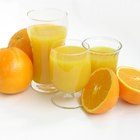
Is an Orange Healthy to Eat for Your ...
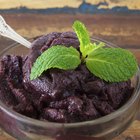
Acai Berry & Acne
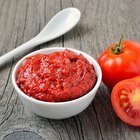
How to Cook & Freeze Fresh San Marzano ...

Can You Eat the Green Stem of a ...

Types of Greek Fruits & Vegetables

How to Get Rid of Blackheads With ...

Essential Amino Acids That Are ...

Information About the Orange Fruit

What Type of Sugar Is in Fruit?
References
- Wageningen University: Food-Info: What Is Salicylic Acid and in Which Foods Does It Occur?
- Cleveland Clinic: Special Diets for Food Allergies
- Epidemiology: Reduced Risk of Colorectal Cancer Among Long-Term Users of Aspirin and Nonaspirin Nonsteroidal Antiinflammatory Drugs
- Fruit-Crops.com: Blackberry and Raspberry
- Salicylic AciOrganicAg.orgHeavy Metal Content in Organic vs. Conventional Tomatoes
- American Journal of Enology and Viticulture: Salicylic Acid in Grapes
Writer Bio
Suzanne S. Wiley is an editor and writer in Southern California. She has been editing since 1989 and began writing in 2009. Wiley received her master's degree from the University of Texas and her work appears on various websites.
Photo Credits
Zoonar/O.Kovach/Zoonar/Getty Images